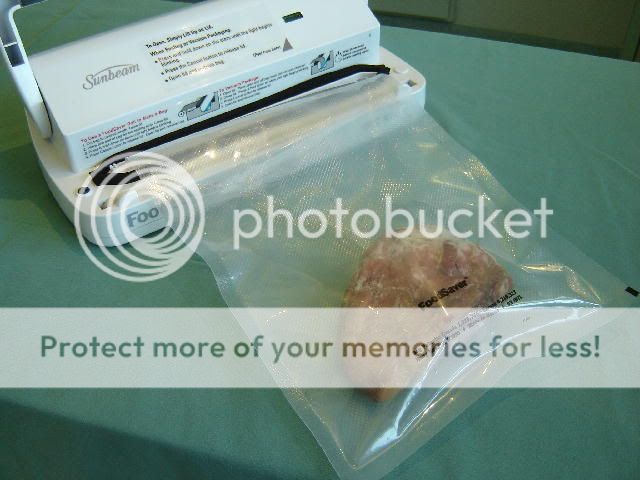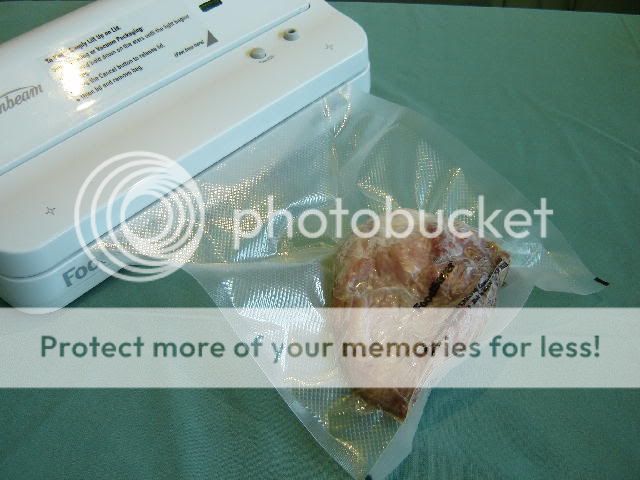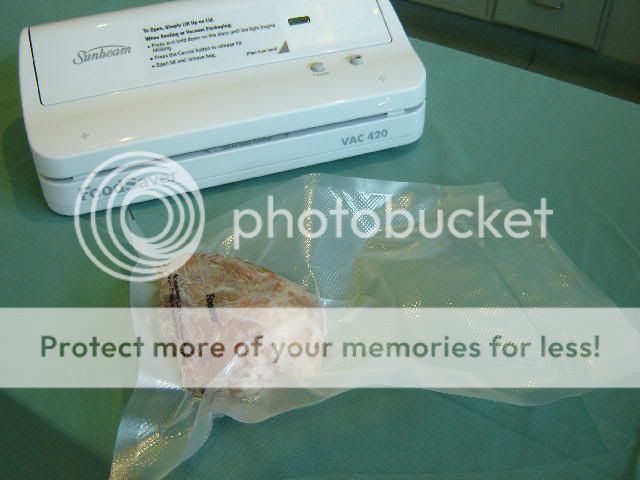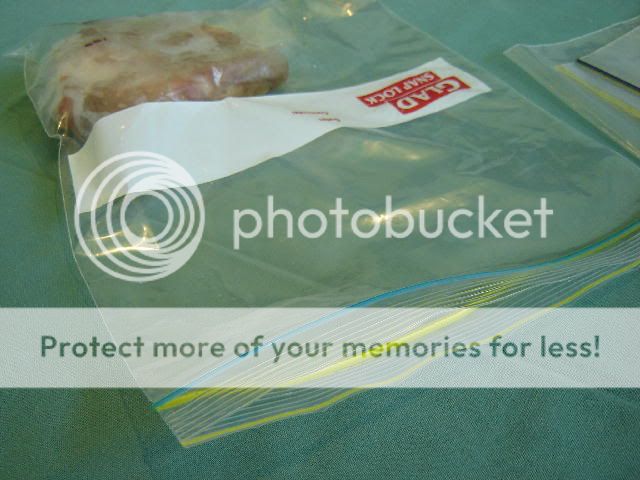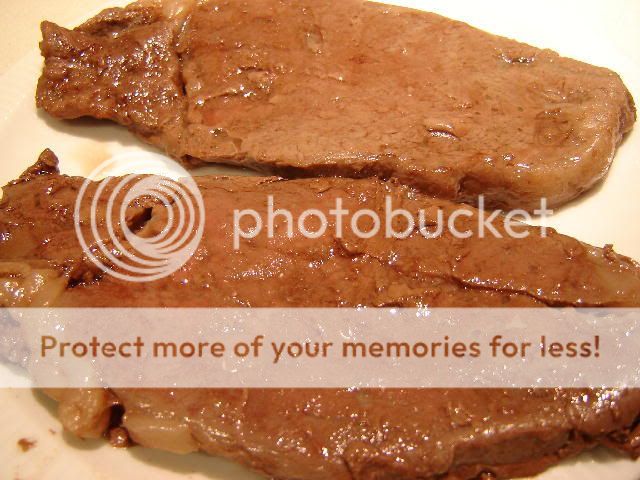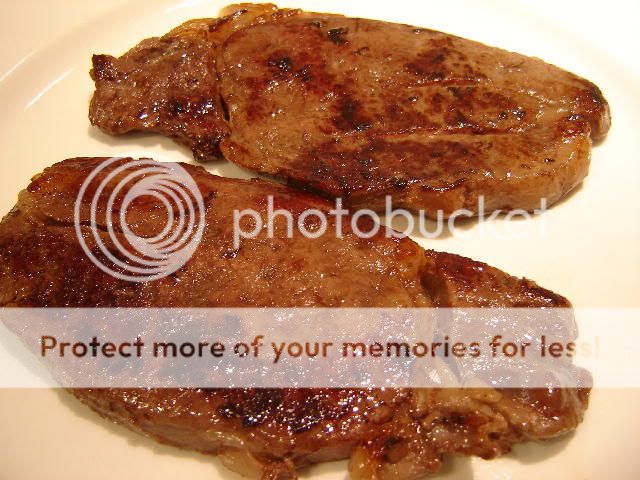

This recipe is based on a recipe that I first saw in Antonio Carluccio's book "The Complete Mushroom Book". I have since seen a version in a little Murdoch book called "Steam It".
Fresh shiitake mushrooms are best for this dish, but mushroom caps of a similar size will do.
The great thing with this dish is that you can cook it all in the Thermomix and that you steam the mushrooms while making the sauce. You have a wonderful aroma filling the kitchen while this is all happening.
Stuffed Mushrooms
Stuffing:
2 cm piece of fresh ginger
1 clove garlic
1 large spring onion, cut into segments
30 g ham or Chinese sausage (optional)
60 g water chestnuts
300 g chicken thighs cut into
2cm chunks and partially frozen
150 g raw prawns, shelled (or an extra
100g chicken and 30 g breadcrumbs)
1 egg
1 Tbsp Chinese rice wine (or sherry)
1 Tbsp oyster sauce
1 Tbsp light soy sauce
1/2 tsp sesame oil
1/4 tsp Chinese five spice powder
1/4 teaspoon ground black pepper
Salt
300 g mushrooms (preferably shiitake), suitable to be stuffed as in the picture
Sauce:
700 ml chicken stock
1 star anise
2 Tbsp soy sauce
2 Tbsp sugar
1 Tbsp sake, Chinese rice wine or sherry
Method:
Place the ginger and garlic in the TM bowl and chop for 10 seconds on speed 7. Add spring onion, ham/sausage and water chestnuts and chop for another 10 seconds on speed 7. Remove mixture to a bowl and set aside.
Place chicken in the TM bowl and hit Turbo 5 or 6 times. It should still have a little texture and not look just like a paste. Remove and place in the bowl with the ginger/garlic mixture. Place prawns or remaining chicken in TM bowl and chop the chicken by hitting Turbo 3 times (prawns) or 5 times (chicken).
Place the chicken, ginger and garlic mixture together with the remaining stuffing ingredients into the TM bowl and mix for 30 seconds on Reverse and speed 3 or 4, using the spatula through the lid if needed to push the mixture down.
Remove the mixture to a bowl and clean out the TM bowl.
Place the sauce ingredients into the TM bowl and place the steamer basket over the lid, rather than the MC. Cook the sauce for 15 minutes at Varoma temperature on speed 1 while stuffing the mushrooms.
Remove the stalks from the mushrooms, these can be added to the sauce mixture to give extra flavour.
Place the mushrooms, with stuffing uppermost, into the Varoma dish and tray. Once they are all stuffed, position the Varoma on the TM lid. Steam for 15 - 20 minutes at Varoma temperature on speed 2.
It is best to check the mushrooms after 10 minutes and possibly swap some of the ones in the Varoma base to the tray and vice versa to ensure even cooking (but not essential)
After the mushrooms have cooked, remove the Varoma and leave aside to allow them to cool.
Strain the sauce into a bowl through the streamer basket and rinse the TM bowl. Return the strained sauce to the TM bowl and cook for 5 minutes at Varoma temperature on speed 4 with the basket over the lid. This will help thicken the sauce.
Once cooled, place the mushrooms on a serving platter or individual plates and spoon over some sauce.


































